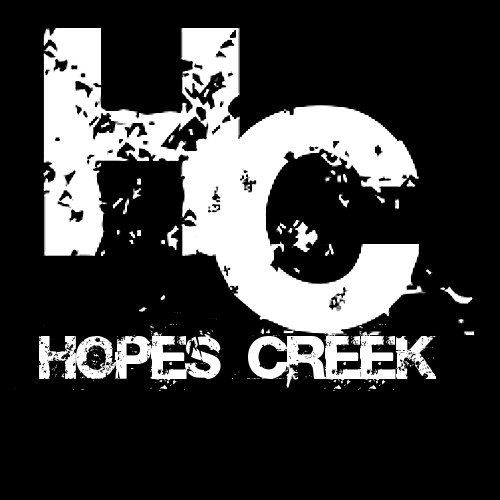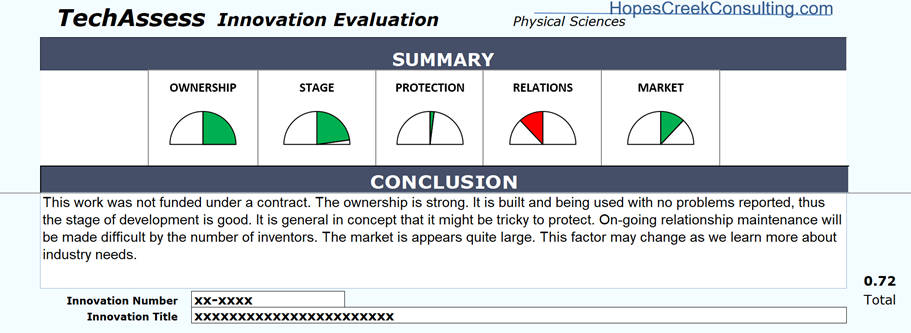Relationship Maintenance
The TechAssess tool is divided into five categories that are each indicators of the ability to license an innovation. They include obvious choices, like the Market and the Ability to Protect. But, one is not so obvious; Relationship Maintenance.
I've been asked why Relationship Maintenance is a concern to the success of a disclosed technology. This category asks how many innovators are reported, how many entities require contracts, how many require reporting and if innovators are cooperative.
The fourth speed-dial is dedicated to Relationship Management in the TechAssess tool
If there is a large number of innovators, it will be difficult to track their whereabouts to get approvals and send royalties. If you must negotiate two IIAs and license agreements with two entitles for separate fields of use, it complicates the process. If you must report periodically with multiple government agencies along the way, it is another time consuming task. Finally, if one or more innovators are not cooperating, you CAN proceed, but it will be harder.
Here's an interesting real-world example. I had a task for an innovation that was fairly simple in concept, but seemed useful. I was going to have to sift through lots of prior art, but at first blush it seemed possible to patent...maybe. As you see in the speed dials above, the Protection category is fairly neutral, neither positive nor negative. But, you will also notice the Relations (Relationship Maintenance) category is negative. This disclosure named seven innovators. For a fairly simple concept, it seemed odd, but if true, it was certainly going to make license maintenance much harder. I asked about it in the innovator interview and showed him the impact. He didn't understand inventorship and simply named all of his graduate students, since they all used the innovation in the lab. It was a great teaching moment and, as it turned out, there were only two inventors. The lead innovator saw the dial change to green, giving him positive feedback on making the selection based on good criteria.

